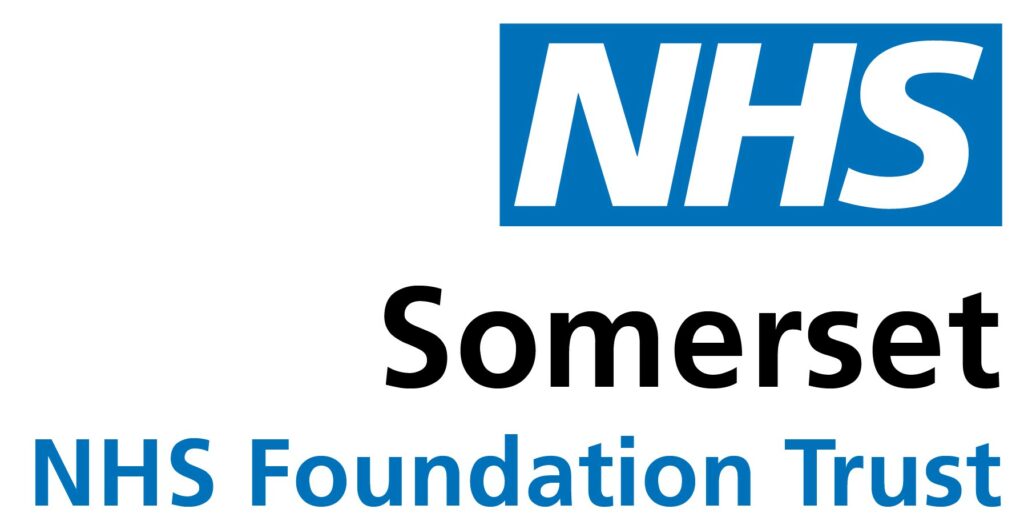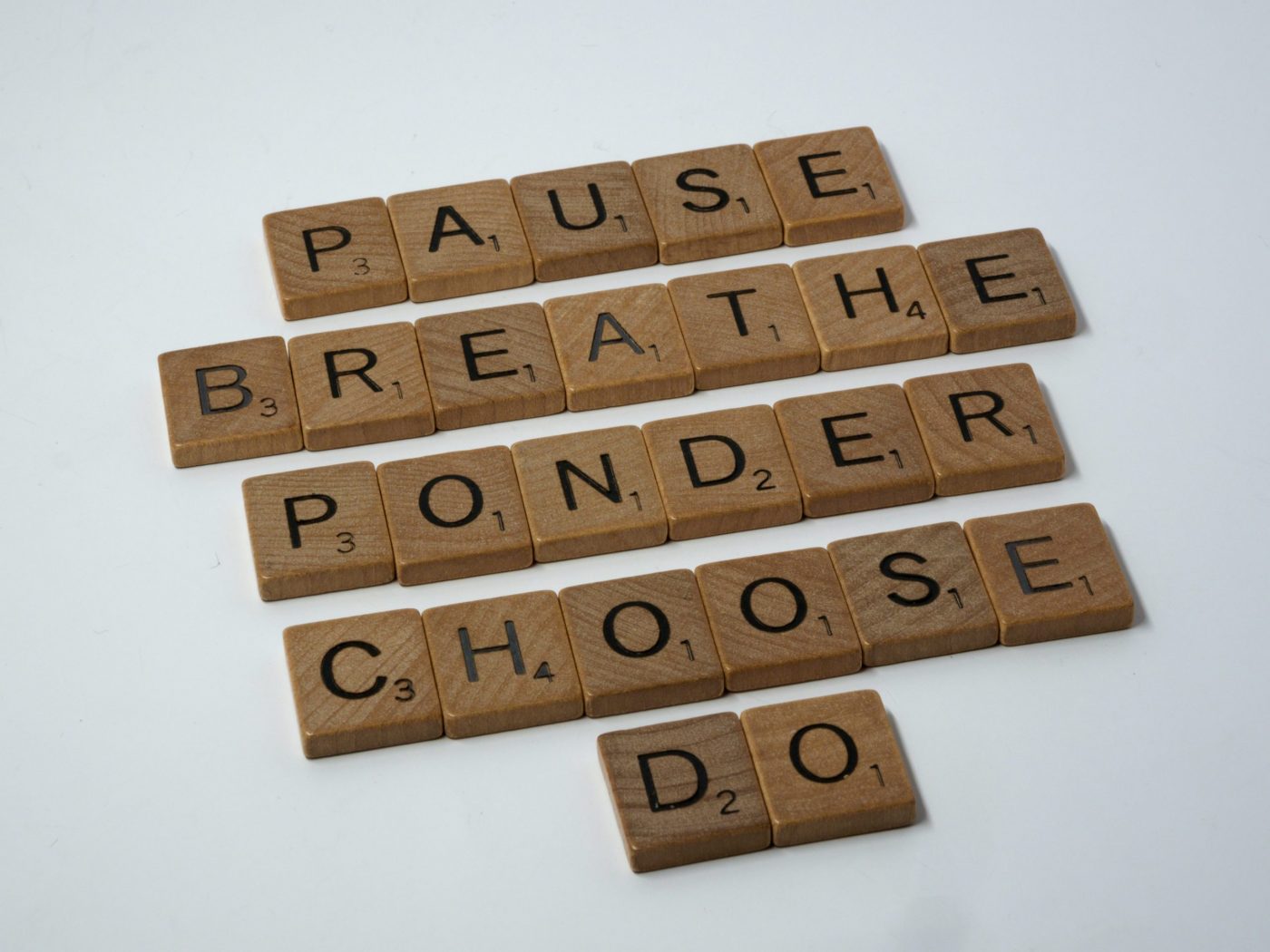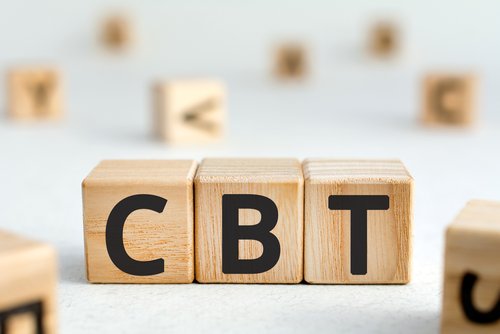
You may start to avoid certain situations because you fear they’ll trigger another attack.
This can create a cycle of living “in fear of fear”. It can add to your sense of panic and may cause you to have more attacks.
Panic attacks
During a panic attack you get a rush of intense mental and physical symptoms. It can come on very quickly and for no apparent reason.
A panic attack can be very frightening and distressing.
Symptoms include:
- a racing heartbeat
- feeling faint
- sweating
- nausea
- chest pain
- shortness of breath
- trembling
- hot flushes
- chills
- shaky limbs
- a choking sensation
- dizziness
- numbness or pins and needles
- dry mouth
- a feeling of dread or a fear of dying
- a churning stomach
- a tingling in your fingers
- feeling like you’re not connected to your body
There are many different causes of anxiety, fear or panic and it’s different for everyone.
When you’re feeling anxious or scared, your body releases stress hormones, such as adrenaline and cortisol.
This can be helpful in some situations, but it might also cause physical symptoms such as an increased heart rate and increased sweating. In some people, it might cause a panic attack.
Identifying the cause
If you know what’s causing anxiety, fear or panic, it might be easier to find ways to manage it.
Some examples of possible causes include:
- work – feeling pressure at work, unemployment or retirement
- family – relationship difficulties, divorce or caring for someone
- financial problems – unexpected bills or borrowing money
- health – illness, injury or losing someone (bereavement)
- difficult past experiences – bullying, abuse or neglect

Treatments & Resources






